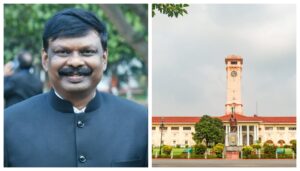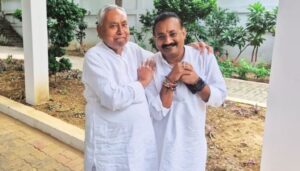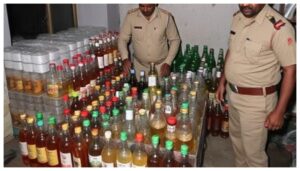Caste Survey Reveals Economic Disparities in Bihar
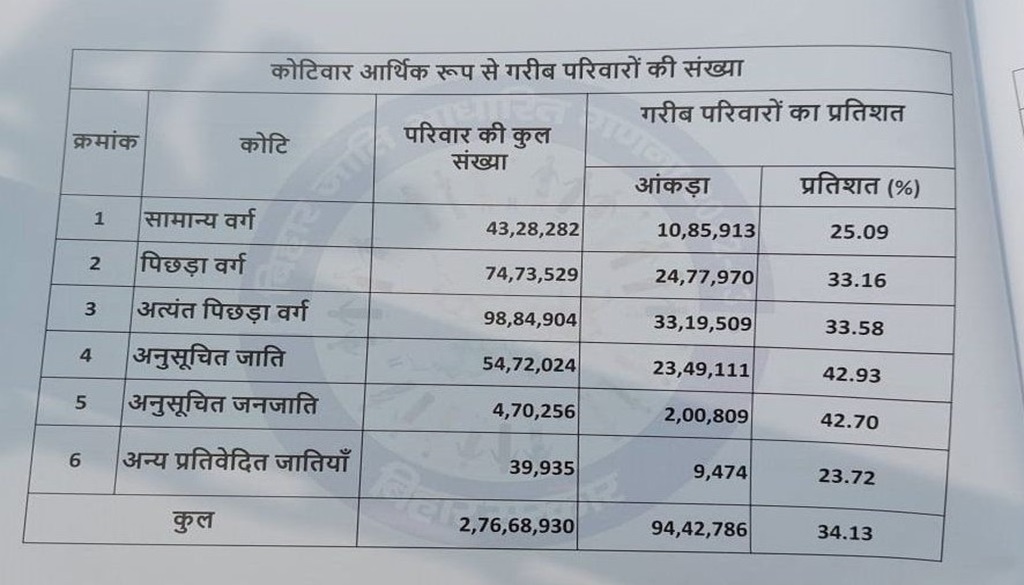
Patna: On the second day of the Bihar Assembly’s winter session, a groundbreaking economic report based on a caste survey was unveiled, shedding light on the stark economic disparities in the state. The findings have ignited discussions and debates on social and economic justice.
According to the report, Bihar’s population comprises the economically poor families as following :
- Backward class: 16%
- General category: 09%
- Extremely backward class: 58%
- Scheduled Castes (SC): 93%
- Scheduled Tribes (ST): 7%
Within the general category, the report highlights specific communities with varying levels of poverty:
- Bhumihars: 32%
- Brahmins: 3%
- Rajputs: 89%
- Kayasthas: 83%
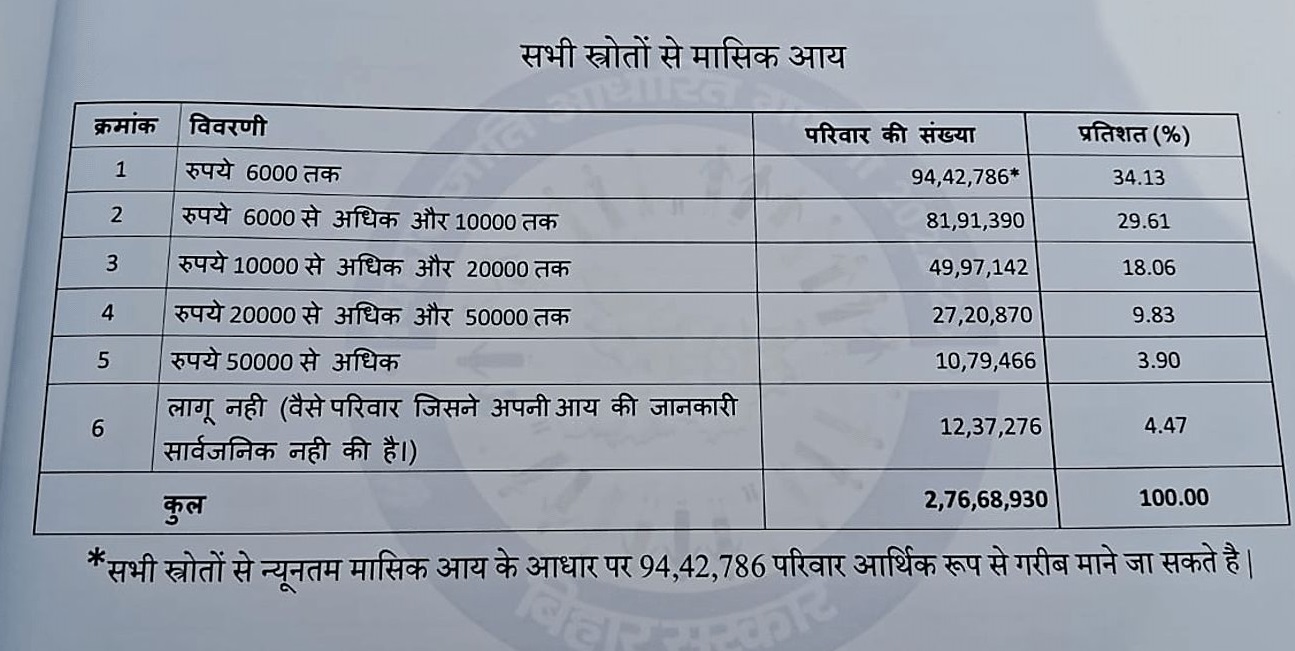
Of particular interest is the revelation of the poorest communities in Bihar:
- Among the general category, the Bhumihar community is identified as the most impoverished, accounting for 58% of the total. The Muslim Sheikh community ranks second in this category, representing 25.84%. Brahmins come in third, with 25.32% living in poverty.
- Within the backward classes, the Yadav community stands out as the most impoverished, making up 87% of the economically disadvantaged population. They are followed by the Kushwaha (Koeri) community, with 34.32%.
The report also provides insights into the educational status of Bihar’s population:
- 67% of the population has completed education up to class 1-5.
- 33% have attained an education ranging from classes 6 to 8.
- 71% are educated up to classes 9-10.
- 19% have completed their education at the 11-12th standard level.
- Slightly more than 7% of Bihar’s population hold graduate degrees.
Meanwhile, the Assembly proceedings on Tuesday were marked by disruption as BJP legislators vehemently raised their voices in protest. They congregated in the well of the House, demanding government accountability and raising concerns over the ongoing demonstrations by Anganwadi workers.


